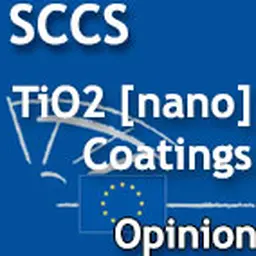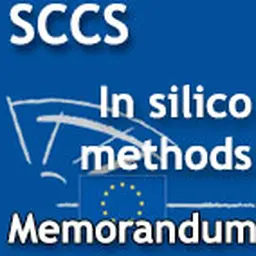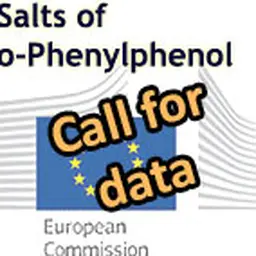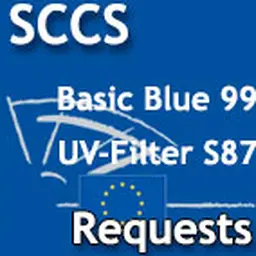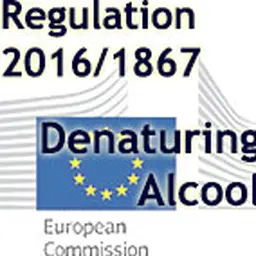
The objective of ISO 17516:2014 - Microbiology - Microbiological limits, is to define acceptable quantitative and qualitative limits for finished cosmetic products. The last review of the text, dated 2020, has just been carried out: the standard has been confirmed and remains current.
Every cosmetic manufacturer has a responsibility relative to the microbiological safety and quality of its products to ensure that they have been produced under hygienic conditions, recalled the text of the standard in its introduction.
Cosmetic products are not expected to be sterile. However they shall not contain excessive amounts of microorganisms nor specified microorganisms that have the potential to affect the product quality or consumer safety.
The manufacturer should follow the Good Manufacturing Practices described in ISO 22716 and take the necessary precautions to limit the introduction of microorganisms from raw materials, processing and packaging. When necessary, microbiological testing may be performed using ISO 21148, ISO 21149, ISO 16212, ISO 18415, ISO 18416, ISO 21150, ISO 22717, and ISO 22718.
Some cosmetic products which are considered to have low microbiological risk (see ISO 29621) may not need to be subjected to routine microbiological testing and manufacturers can decide not to test if they can ensure products meet this standard.
L’ISO 17516:2014 confirmed
The objective of ISO 17516:2014 is to develop acceptable quantitative and qualitative limits for cosmetic finished products, including for:
• Aerobic mesophilic microorganisms
• Specified microorganism
• Escherichia coli
• Pseudomonas aeruginosa
• Staphylococcus aureus
• Candida …



